
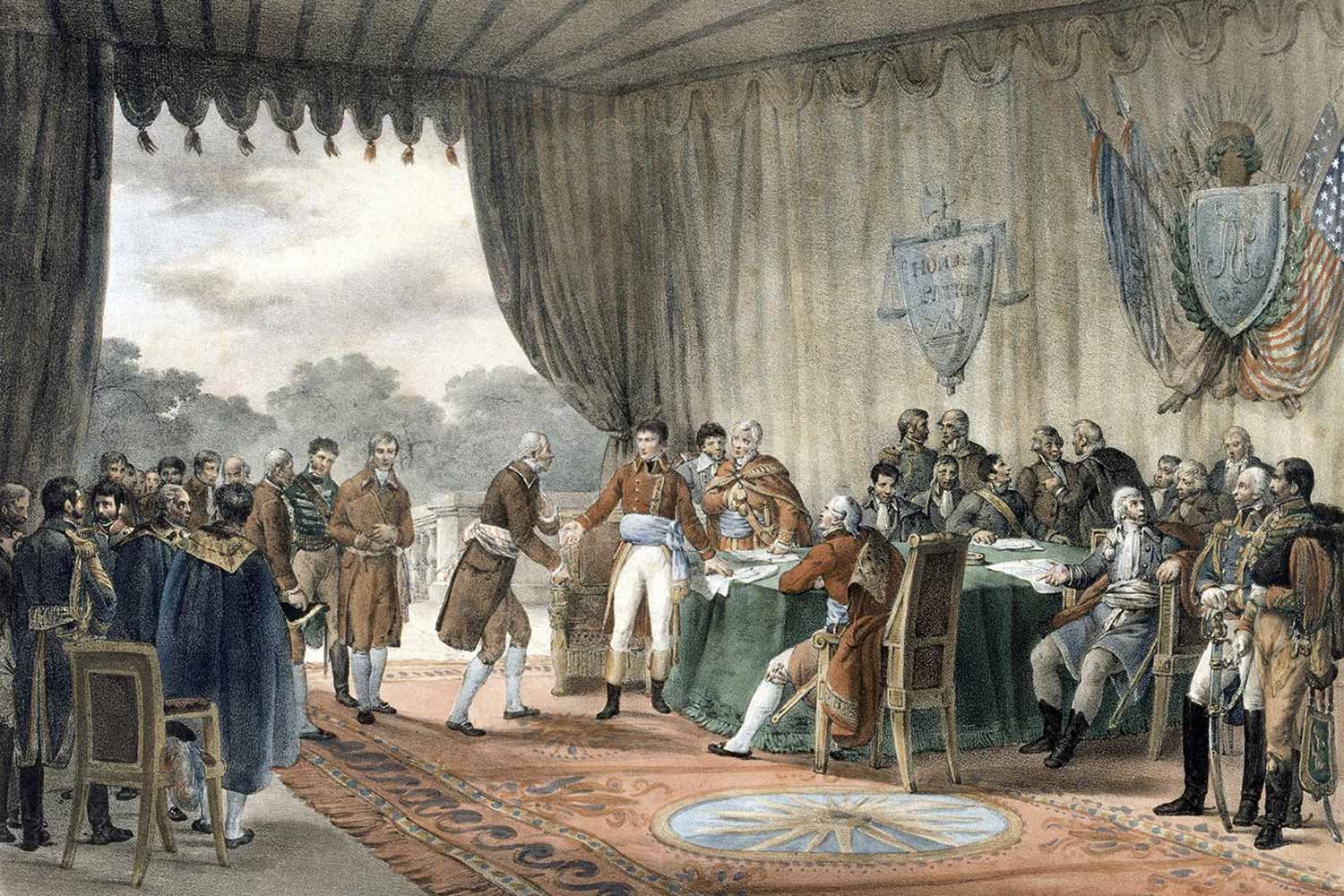
The Quasi-War and Its Aftermath
The only fighting in the Quasi-War occurred at sea, and mostly in the Caribbean. But with war at a fever pitch and French interests so close by in Louisiana, there was a very real concern in Congress about a possible French invasion of the United States from the west.

Escalating Tensions with France Lead to Quasi-War
The Quasi-War was an undeclared war between France and the United States, largely fought at sea in the Caribbean and along the southern coast of America, between 1798 and 1800. It developed because of a series of related events that soured the formerly strong relationship between the two nations.

Relations Between America and France Fall Apart
America’s first armed conflict with a foreign nation following our Revolution was not the War of 1812, but rather a mostly forgotten fight called the Quasi-War. Although little known today, in its time it made a significant impact on the course of American history, affecting trade, the creation of our Navy, and a presidential election.
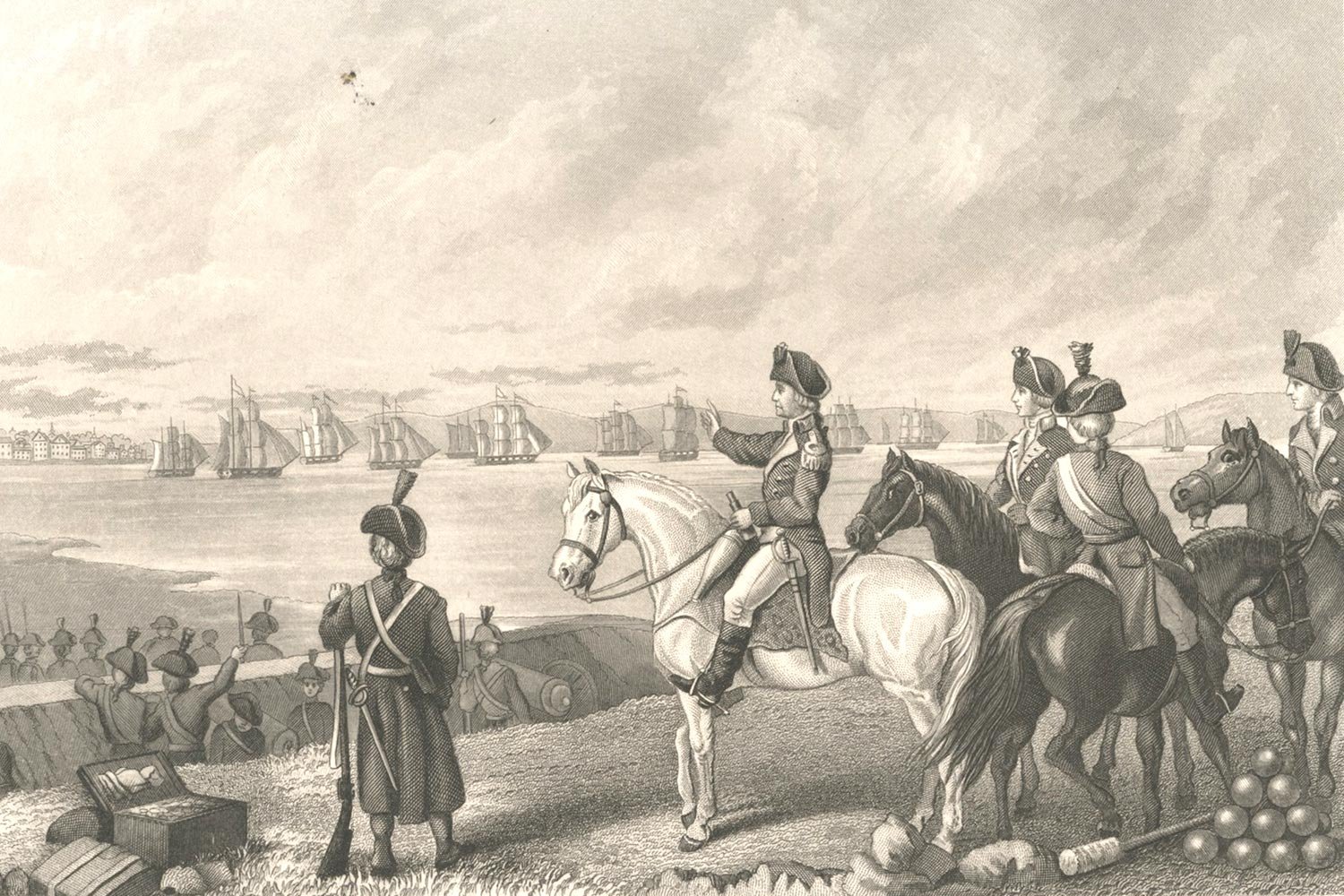
The Continental Army Retakes Boston
The siege of Boston was the longest siege in our nation’s history, running from April 19, 1775, to March 17, 1776. The “noble train of artillery” brought from Fort Ticonderoga by Colonel Henry Knox arrived in Boston on January 27, 1776, and it gave General George Washington the long-range guns he needed to bring the matter to an end.
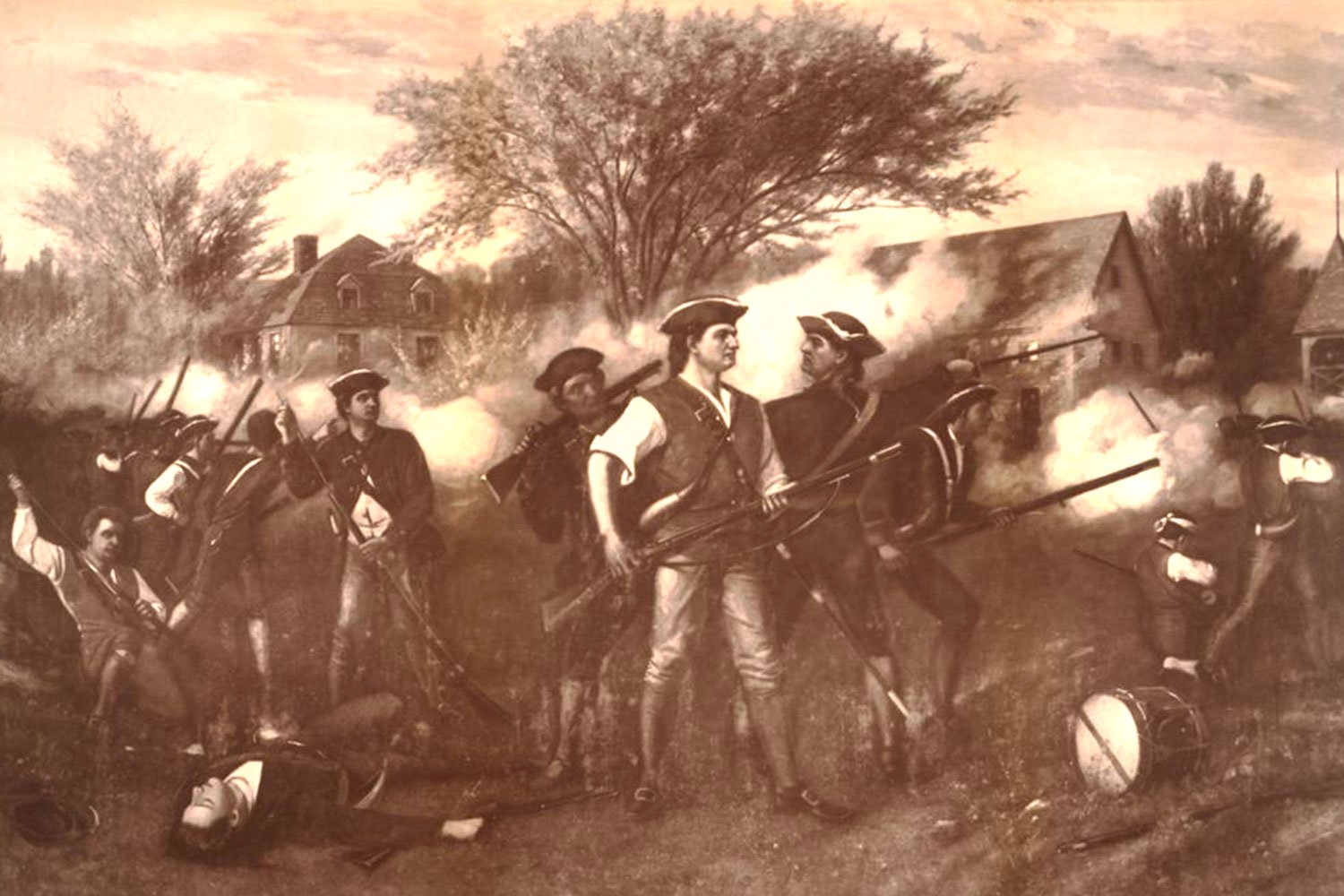
Boston Under Siege
At the beginning of April 1775, the British army was the unquestioned master-of-affairs in Massachusetts. Incredibly, in less than a year, England, the most powerful nation on earth, would be forced out of Boston, one of their most important colonial cities, by American militiamen.
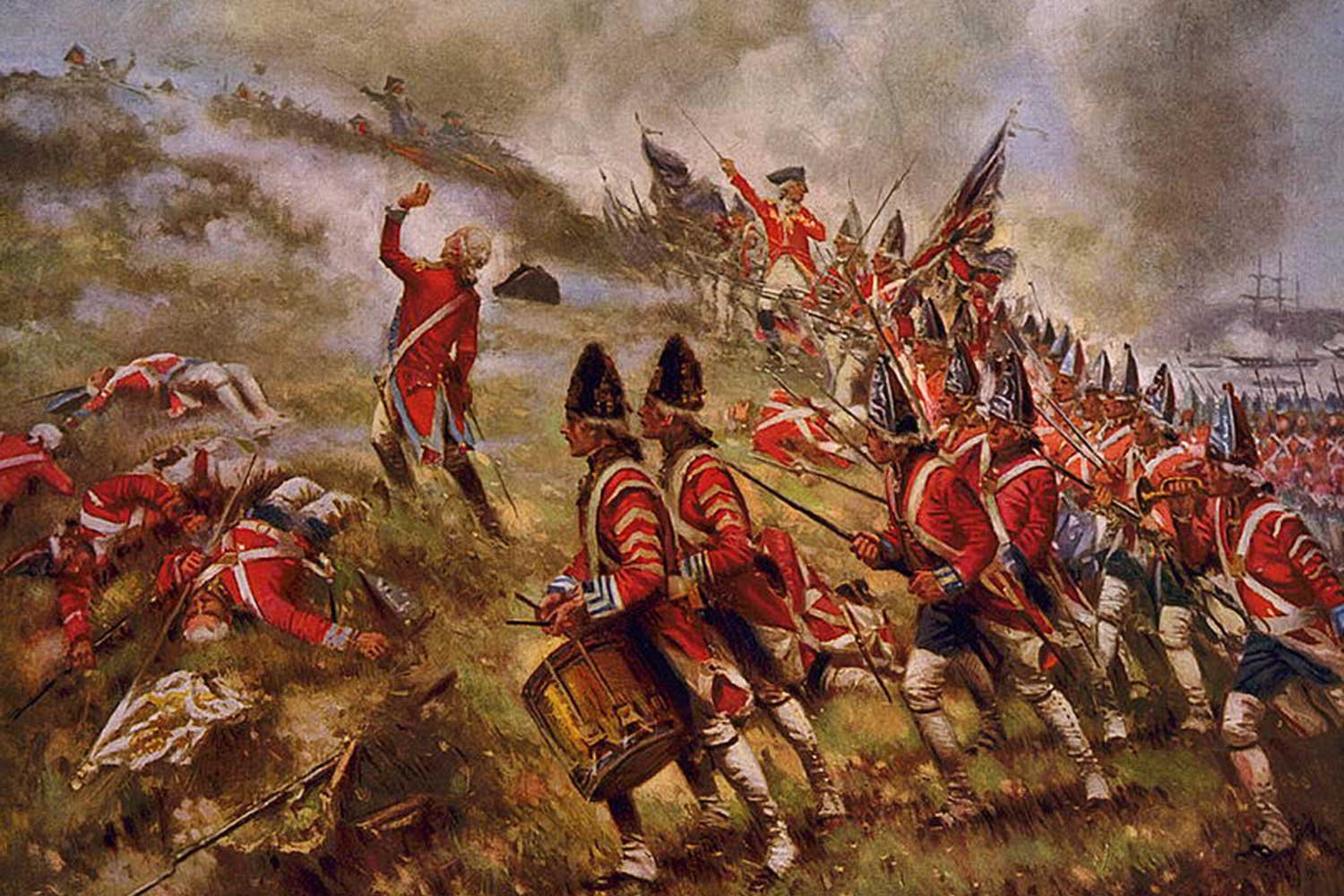
The Battle of Bunker Hill
The Battle of Bunker Hill, fought on June 17, 1775, is one of the most iconic and familiar events in American history. It was our first pitched battle against the British army and, although technically a defeat, the efforts of the American militiamen were inspirational.
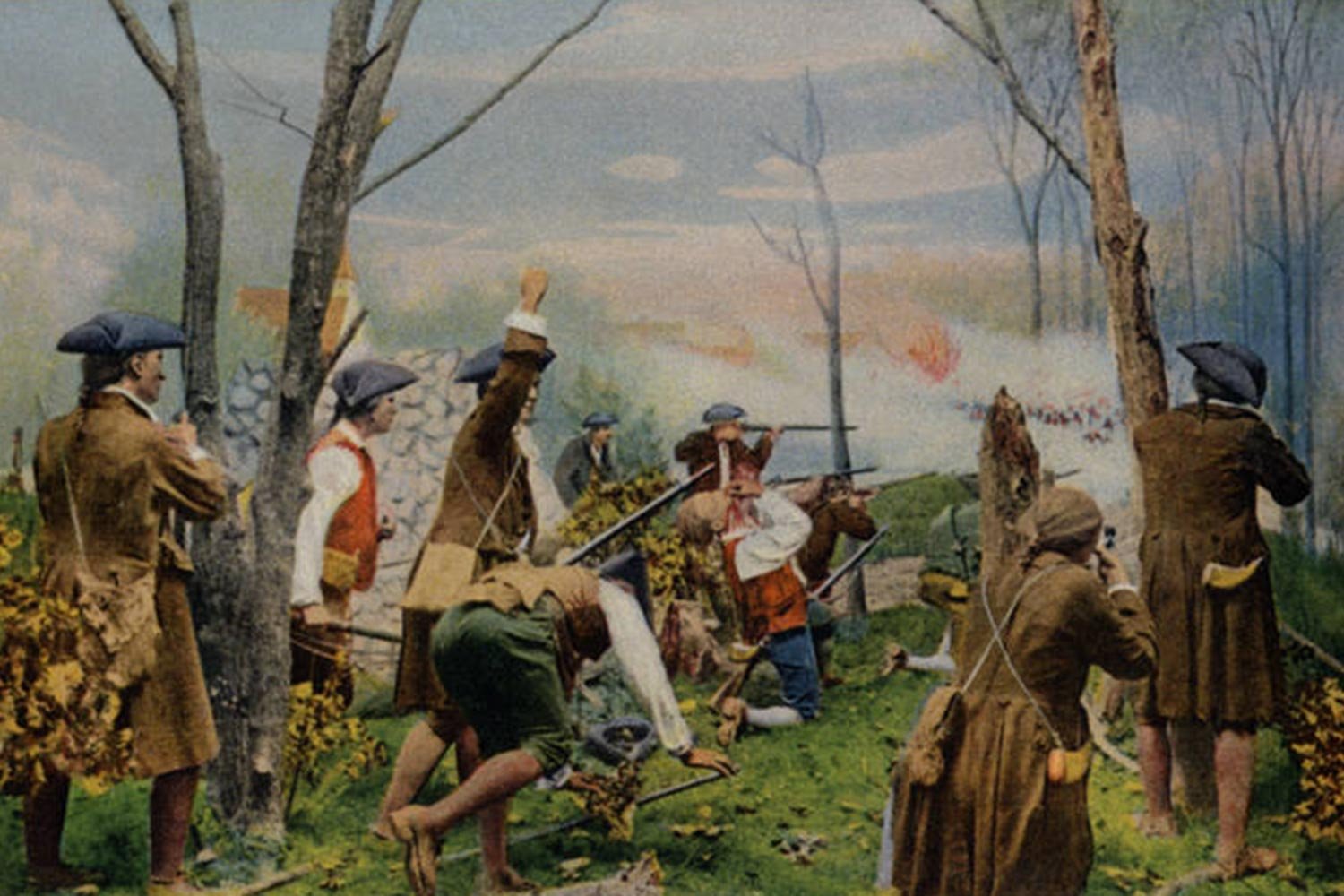
Lexington and Concord: The Shot Heard Round the World
The fight between our Minutemen and the British regulars at Lexington was over in a matter of minutes, and the British began the seven-mile march to Concord. By now, reports of the shooting had reached the minutemen in the surrounding area, and they began to assemble. A bad day for the British was about to begin.
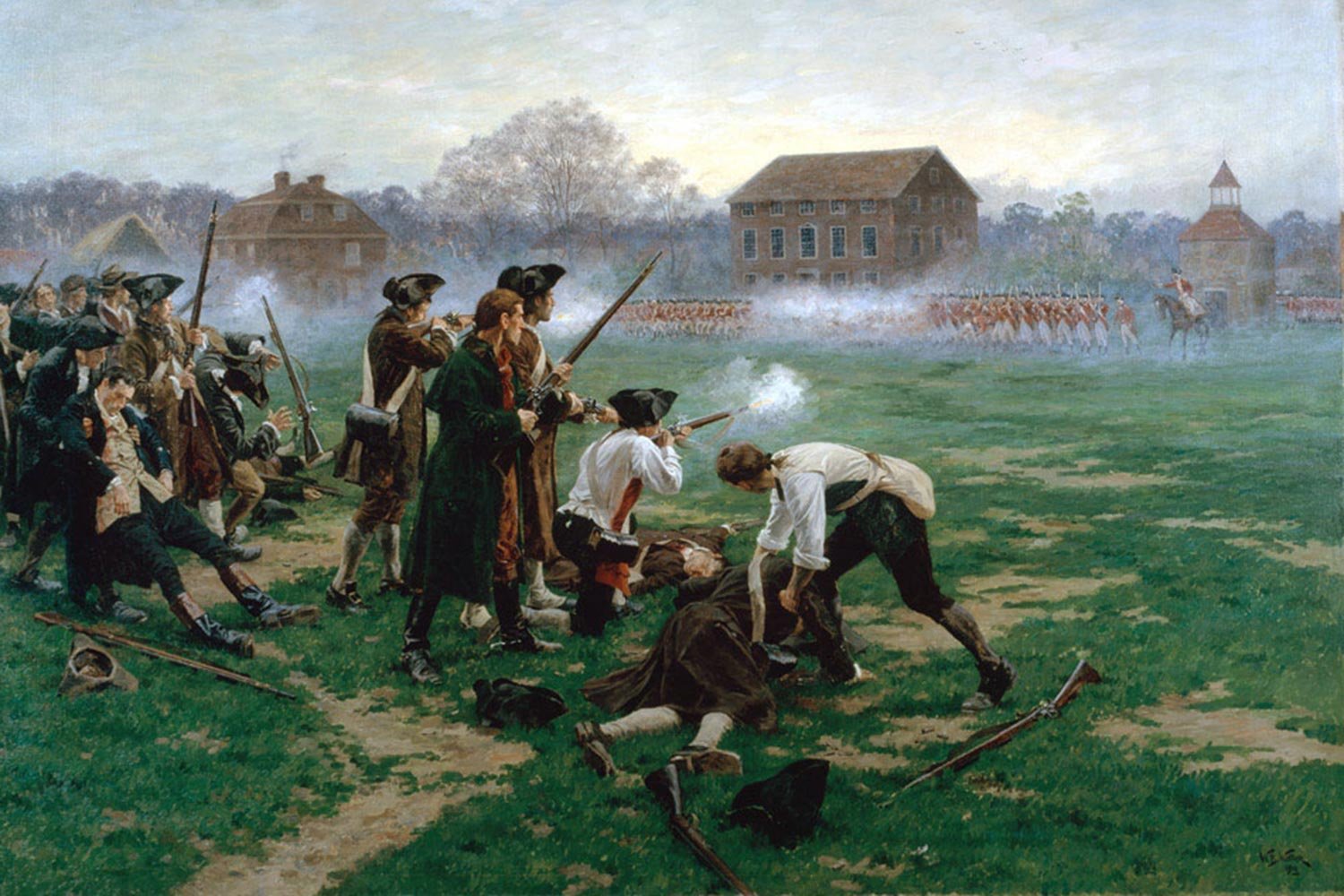
Lexington and Concord: Minutemen in Arms
The Battles of Lexington and Concord, fought on April 19, 1775, marked the start of America’s war for independence from England. The story of that fight is an inspiring account of how everyday Americans came together to resist the power of Great Britain.
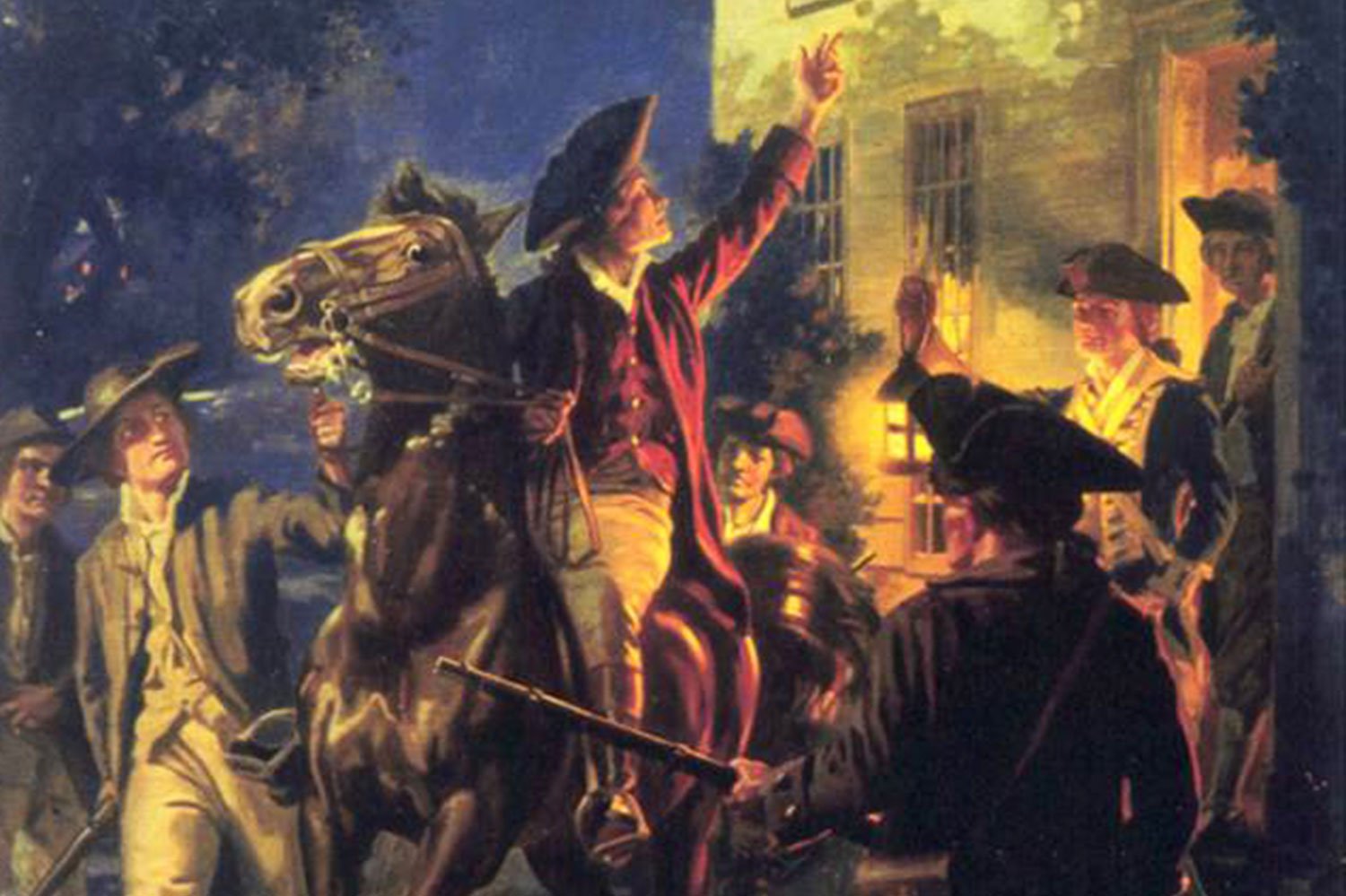
The Legacy of Paul Revere
Paul Revere began his famous ride from Boston to Concord, around 11:00pm on April 18, 1775, informing the residents and militiamen that the British were on the march. He arrived in Lexington, a town about 10 miles from Boston, around midnight.
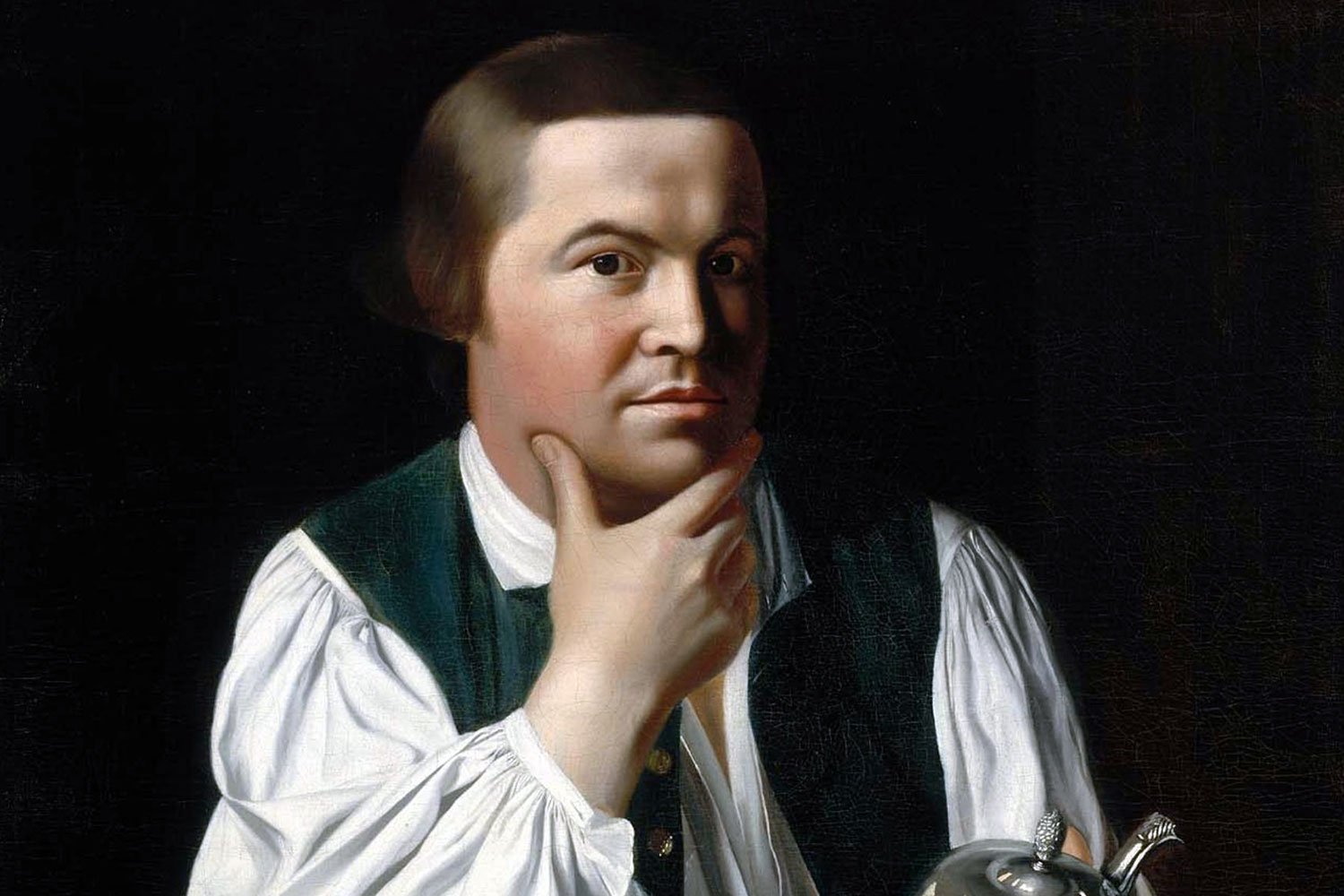
The Midnight Ride of Paul Revere
The story of Paul Revere and his Midnight Ride is one of the many fascinating subjects of the grand American past. Taking place in conjunction with the Battles of Lexington and Concord, on April 19, 1775, the tale has passed down from generation to generation.

The Boston Tea Party Takes Colonists Past the Point of No Return
The Boston Tea Party is one of the most iconic moments in American history. In some ways, it sealed our fate to separate from England and become our own nation. The road that led to this watershed event began several years earlier with the Townshend Acts.
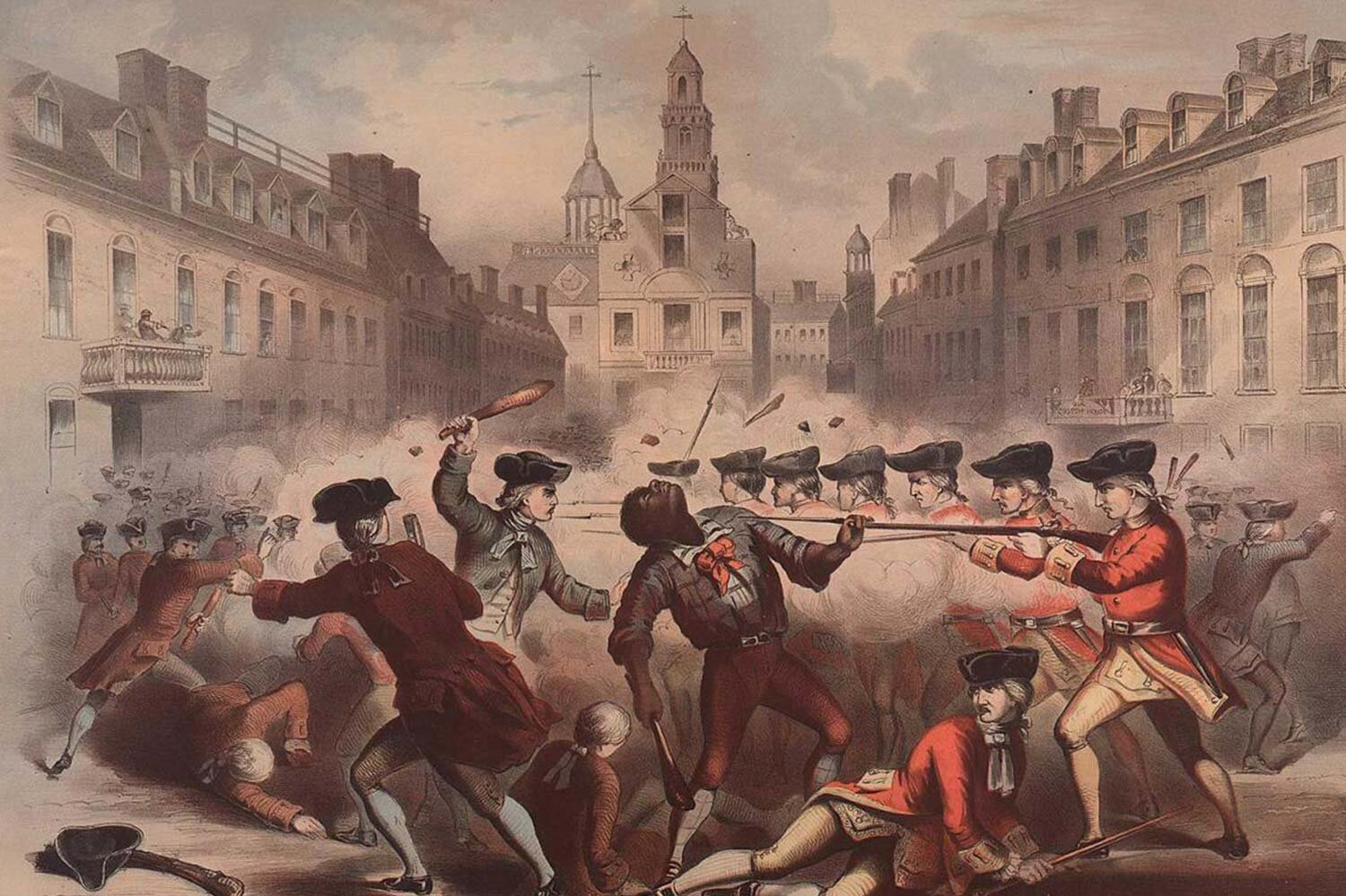
Aftermath of the Boston Massacre
The violence on the evening of March 5, 1770, in Boston is known to us today as the Boston Massacre. It was an unfortunate incident that left five people dead and growing anger between American colonists and leaders in England.




